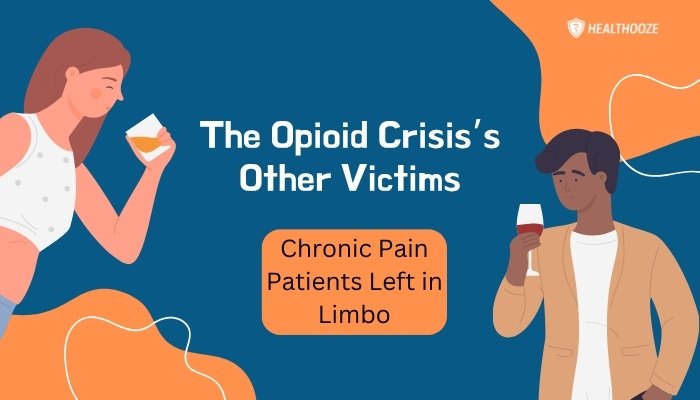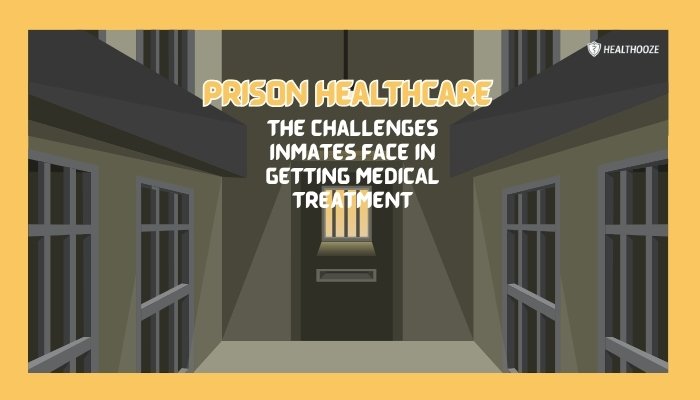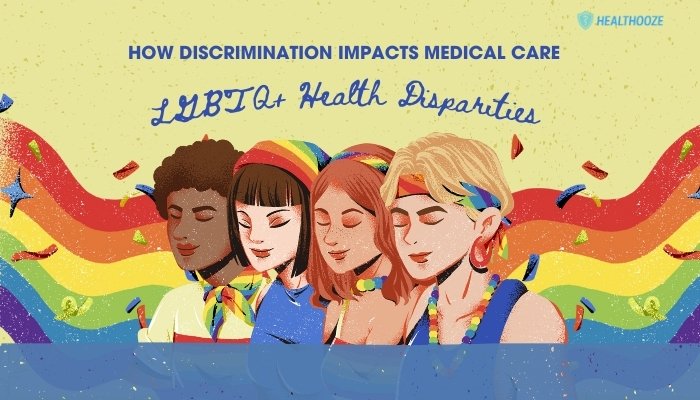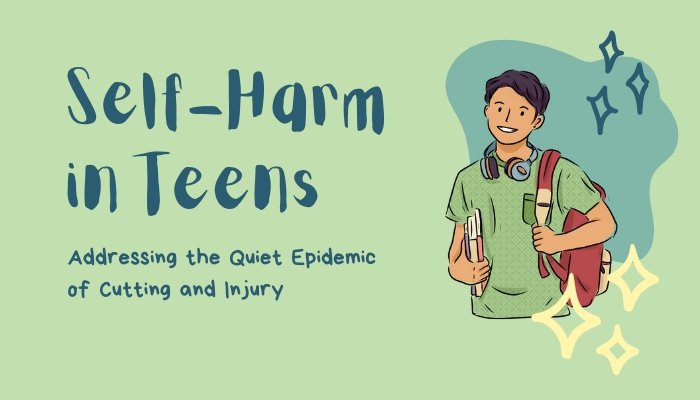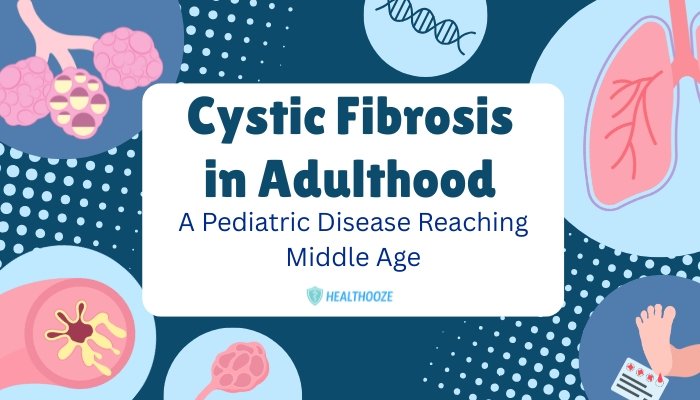Introduction
The opioid crisis has reshaped the way doctors prescribe pain medications—and not always in ways that benefit patients.
While tighter controls can help prevent drug misuse, these same policies can inadvertently push chronic pain patients into a precarious state: their essential prescriptions may be reduced, abruptly discontinued, or hindered by stigma.
Many rely on these medications to function daily, yet sudden clampdowns often ignore the nuanced reality of living with persistent pain. This article highlights how the opioid epidemic affects chronic pain patients, the challenges they face, and the steps needed to balance safety with genuine patient need.
The Current Landscape: A Double-Edged Sword
Opioids Under Scrutiny
Driven by alarming overdose figures, policymakers, regulators, and health organizations clamped down on opioid prescribing. Guidelines from agencies like the CDC urged caution, encouraging providers to consider other therapies. These measures aim to curb addiction and pill diversion, but sometimes overshadow the distinct circumstances of legitimate chronic pain patients.
Tension Between Crisis and Care
- Doctor Reluctance: Many clinicians fear legal repercussions or professional censure if they prescribe long-term opioids.
- Patient Dilemmas: Some with well-documented pain conditions find themselves suddenly labeled as “drug-seeking” if they request or continue opioid treatment.
- Inadequate Alternatives: While certain conditions respond to non-opioid options (e.g., physical therapy, nerve blocks), many patients who truly need opioid management struggle to find comprehensive replacements.
Impact on Chronic Pain Patients
Undermined Quality of Life
For those with severe, unrelenting pain—like back injuries, nerve damage, or degenerative disorders—opioid therapy can mean the difference between partial mobility and bed-bound agony. Abruptly stopping or drastically lowering doses might push these individuals back into debilitating pain or even suicidal thoughts.
Doctor-Patient Relationship Erosion
When clinicians decrease prescribing or cut off medications abruptly, patients often perceive an atmosphere of suspicion. This fosters mistrust: patients might feel devalued or abandoned, while physicians fear liability or negative audits.
Possible “Street” Risks
Desperate for relief, some turn to black-market opioids or foreign-sourced medications, risking contaminated products or lethal synthetic analogs like fentanyl. This is dangerous for both patients—exposing them to potential overdose—and the broader community fueling an illicit market.
Misconceptions about Addiction vs. Dependence
Clarifying Terms
- Physical Dependence: A predictable, physiological adaptation to certain medications, including opioids. Stopping them abruptly triggers withdrawal symptoms, not necessarily addiction.
- Addiction: A chronic disorder with compulsive drug use despite harm, characterized by cravings and loss of control. Not all opioid users develop addiction—particularly when monitored properly.
Harm of Lumped Stereotypes
Mislabeling stable, compliant chronic pain patients as “addicts” because they use opioids long-term is unfair and harmful. Responsible prescribing, dose management, and screening for addictive behaviors can help separate legitimate need from misuse.
Potential Ways Forward
Balanced Policies
Regulations should protect against inappropriate opioid prescribing while accommodating legitimate chronic pain situations. Some guidelines propose moderate daily dosage thresholds or mandatory re-evaluations, but must also allow exceptions for complex, longstanding pain cases.
Integrative Pain Management
- Multidisciplinary Approach: Combining physical therapy, mental health support, or nerve blocks fosters well-rounded treatment.
- Innovations: Emerging therapies (neuromodulation devices, new analgesics) might lessen reliance on opioids, though these remain cost-prohibitive or inaccessible for many.
Doctor Education and Compassionate Care
- In-depth Training: Teaching med students how to identify addiction red flags while treating chronic pain effectively.
- Shared Decision-Making: Providers working closely with patients, thoroughly discussing risks, benefits, and monitoring strategies for opioid use.
Patient Advocacy and Self-Protection
Open Communication with Providers
Chronic pain patients can keep detailed logs of their pain levels, functional improvements, and side effects. Bringing this data to appointments helps underscore the necessity or impact of medication.
Seek Specialists
Pain specialists, typically trained in advanced pain management, may better navigate the labyrinth of laws and guidelines, offering more nuanced approaches than a GP uncomfortable with opioid prescribing.
Community Support
Online forums or local support groups allow chronic pain individuals to share coping strategies, medication experiences, and suggestions for complementary therapies. Solidarity helps mitigate the isolation or stigma they face.
Conclusion
The opioid crisis has prompted stricter policies to combat a public health threat but inadvertently left many chronic pain sufferers in limbo—especially those who rely on long-term opioid therapy for daily functioning. True solutions lie in a balanced, empathetic approach: acknowledging the crisis while ensuring individuals with verifiable, severe pain aren’t pushed into untenable hardship. By refining regulations, boosting physician education, and promoting integrative care options, we can uphold the needs of chronic pain patients while continuing to battle the broader misuse of opioids. Ultimately, healthcare must remain flexible enough to serve each person’s unique medical circumstances without fear or stigma.
References
- https://www.cdc.gov/
- Institute of Medicine (US). Relieving pain in America. The National Academies Press.
- Volkow ND, McLellan AT. Opioid abuse in chronic pain—Misconceptions and mitigation strategies. N Engl J Med.

